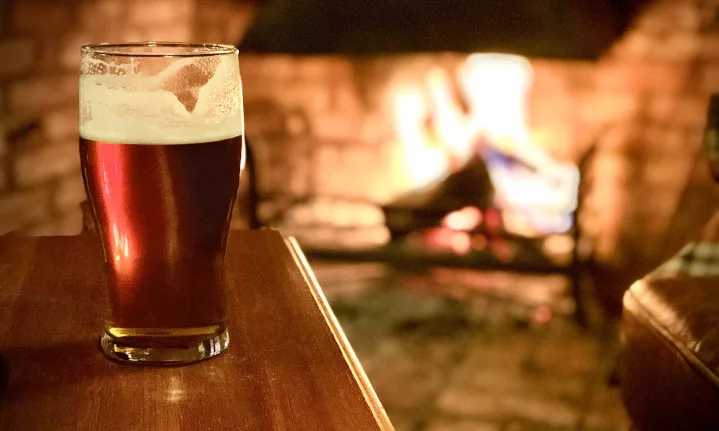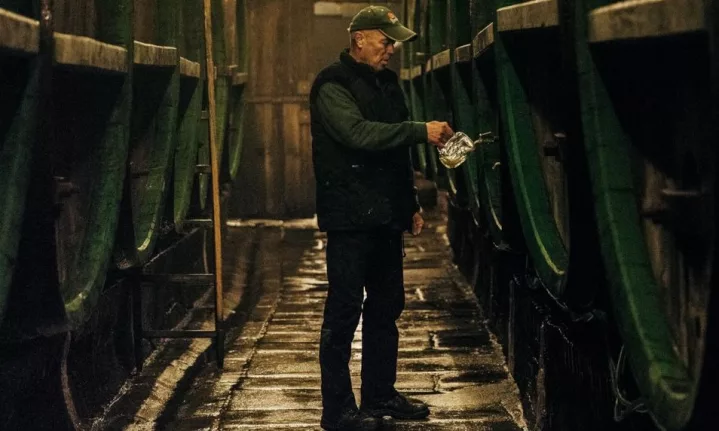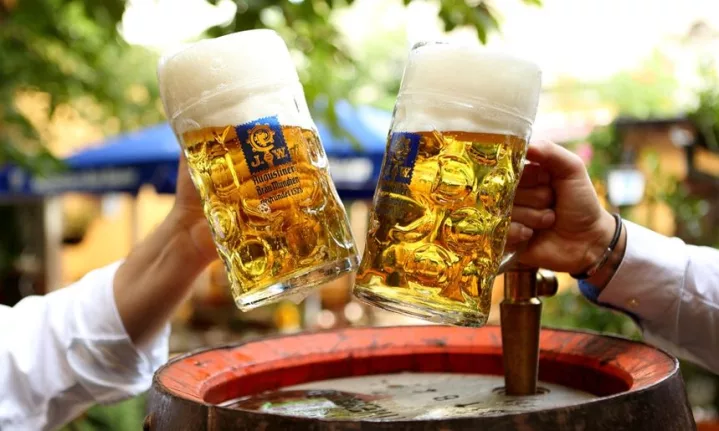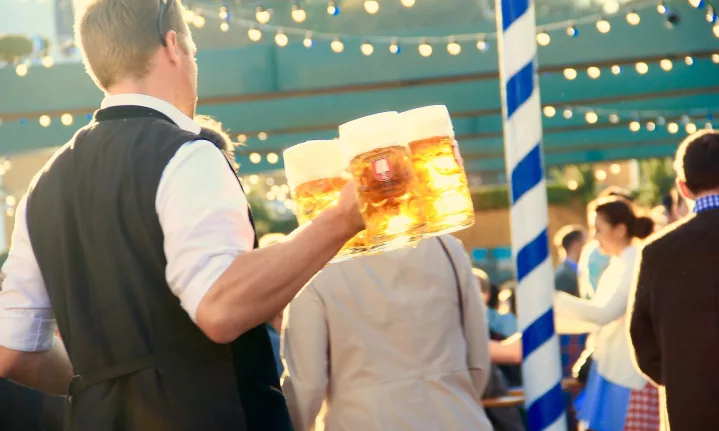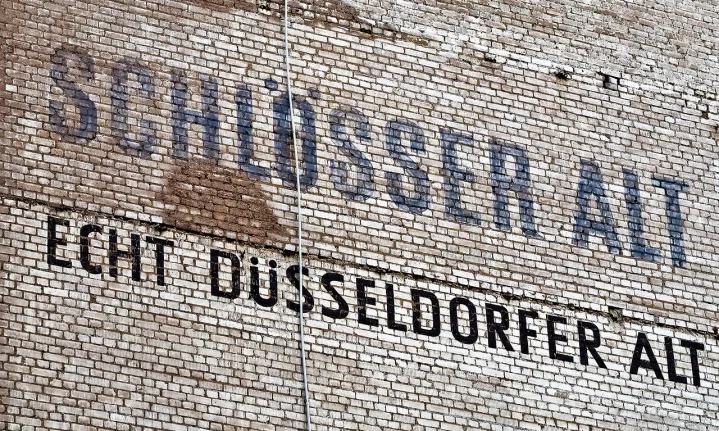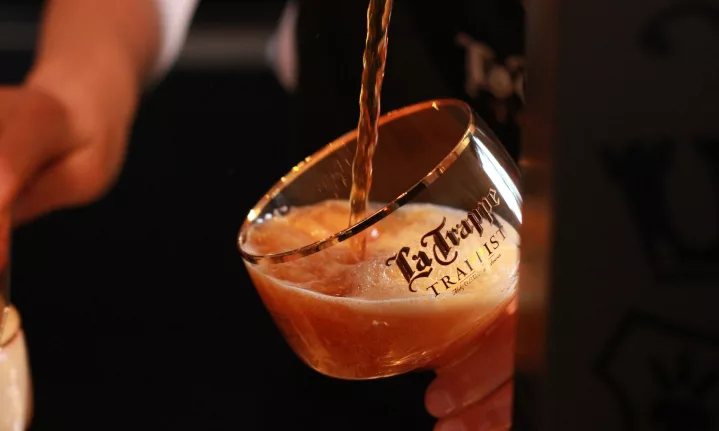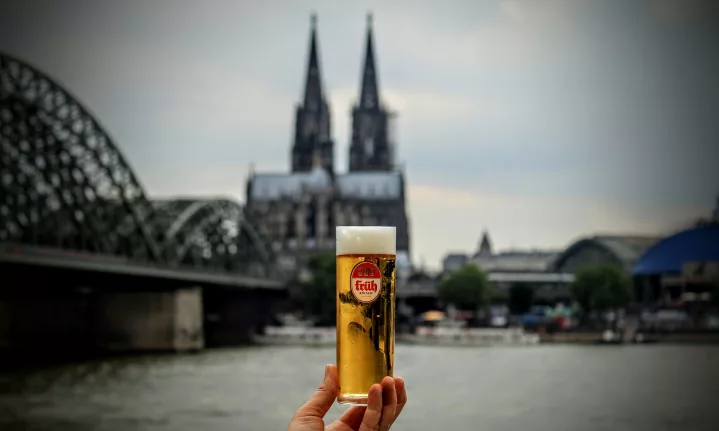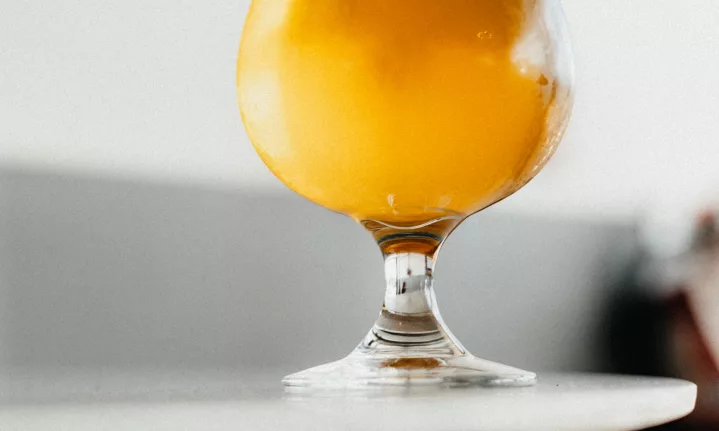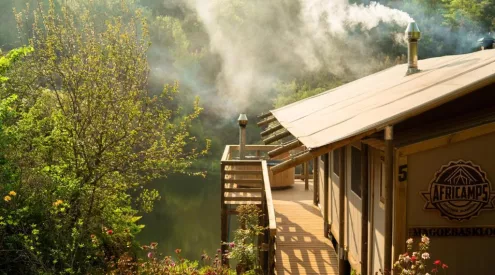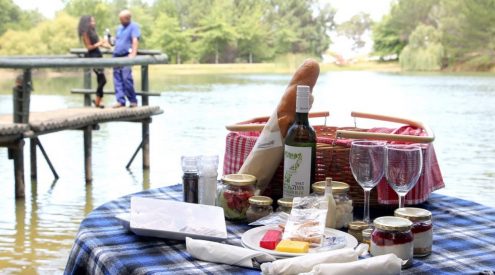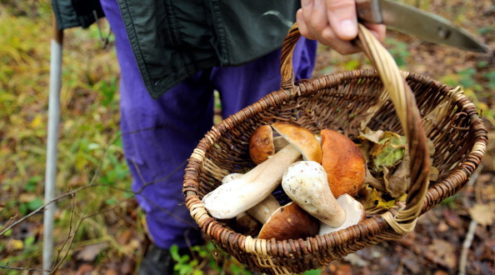Beer is the most popular alcoholic beverage in the world, the third most commonly consumed drink after water and tea. It is thought to be the oldest alcoholic drink in the world, with an ancient recipe discovered in a 3 900-year-old poem in Mesopotamia.
From monks gathering water from ancient wells in monasteries, the world’s first peace treaty of Westphalia in 1648 to revolting industrial workers demanding better brews to quench their first, beer has been right there at the centre of history.
ALSO READ: Exploring Namibia: 15 must-do activities and places to visit
Pilsner: The beer that conquered the world
Up until the 1840s, beer brewing was still an inconsistent process that mostly centred around darker brews like ales. But the history of beer is no different from any other history; improvement in beer came because people demanded it.
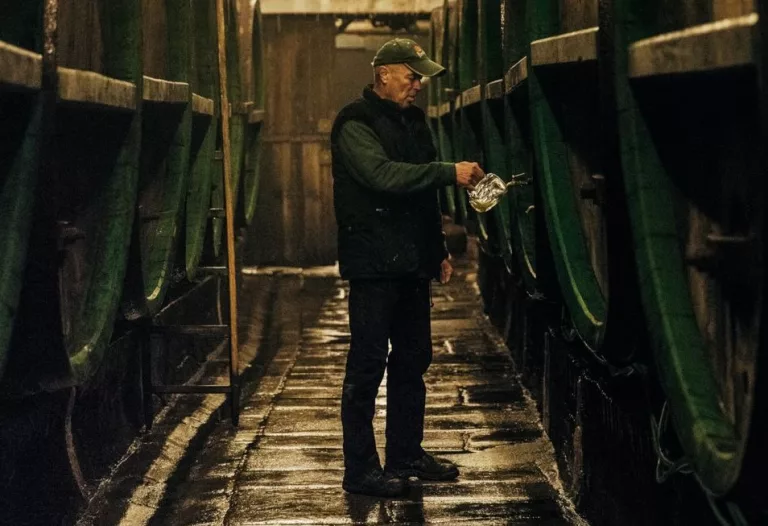
The inside of Pilsner Urquell’s Bürgerbrauerei in Pilsen
We’ve likely all had beers that we didn’t like, which is exactly what happened in the Pilsen region of the Czech Republic in 1839. The drinking citizens of Pilsen were tired of the bad quality of beer and revolted by draining 36 kegs of the revolting brew onto the streets in front of the town hall.
This prompted city officials to construct a new brewery – to be called the ” Bürgerbrauerei” (Citizens Brewery) – and recruit the Bavarian brewer, Joseph Groll. Instead of using darker malts like everyone else at the time, Groll used a pale malt, which produced a darker brew. He then used a lot of the Saaz noble hop to produce a clear, strikingly pale and smooth Pilsner beer.
When it was unveiled to the townspeople of Pilsen in 1842, it was an immediate sensation, the recipe remaining relatively unchanged today and influenced beer production throughout Europe. The Citizens Brewery would later become to renowned Pilsner Urquell Brewery.
Helles – Munich
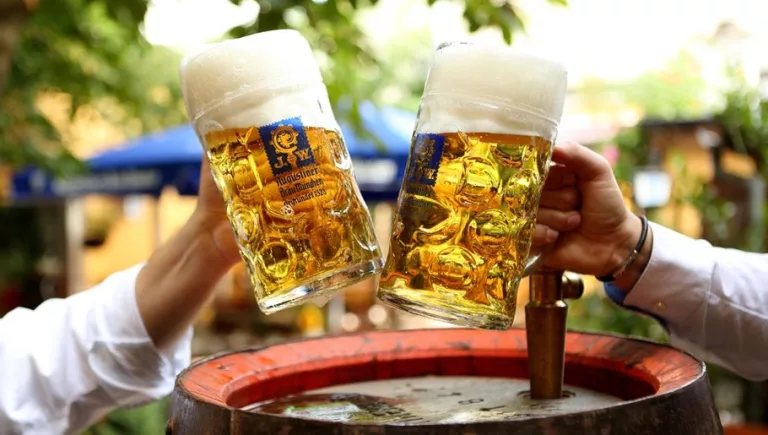
Helles bier from Munich Brewery, Augustiner. Picture: Augiustiner Brau
First appearing in Munich in 1894, it can be seen as the Bavarian answer to the light Czech Pilsner. Bavaria previously produced strong and dark beers.
Altbier – Dusseldorf
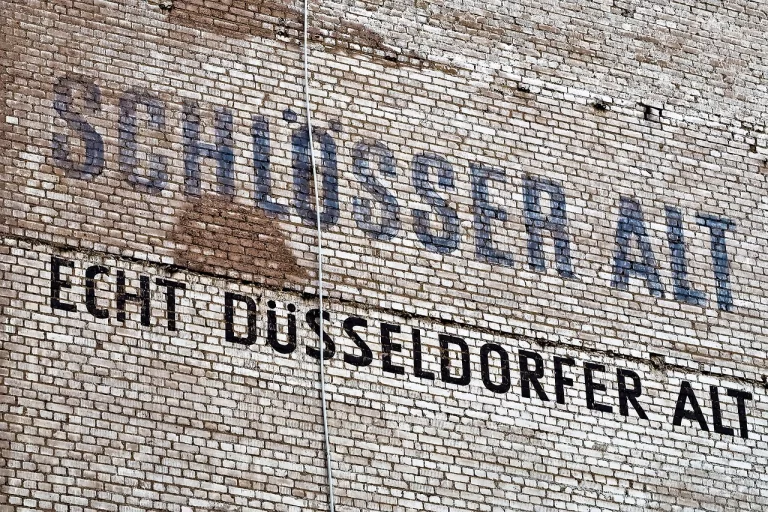
The name Altbier means old beer, a style of beer that originated in Dusseldorf. Somewhere between a lager and an ale, the name altbier emerged in the 1880s to refer to its traditional brewing process of using top-fermenting yeasts.
Weiss
A classic Bavarian wheat ale – has to be made with al least 50% malted what. Made with yeast strains that produceclove, banana or smoke aroma.
They have a creamy texture and have been growing in popularity recently.
Berliner Wiesse – Berlin
The origins of the Berliner Weisse are unclear, but it became especially popular in the 1800s with the folk story that Napeloon named it the champagne of the north after he encountered it in Germany.
Schwarzbier –
A German dark lager style beer, but they are not heavy or harsh, but tend to be smooth. Made with malted barley and are often thought to be one of the oldest styles of beer in the world.
Oktoberfestbier – Munich
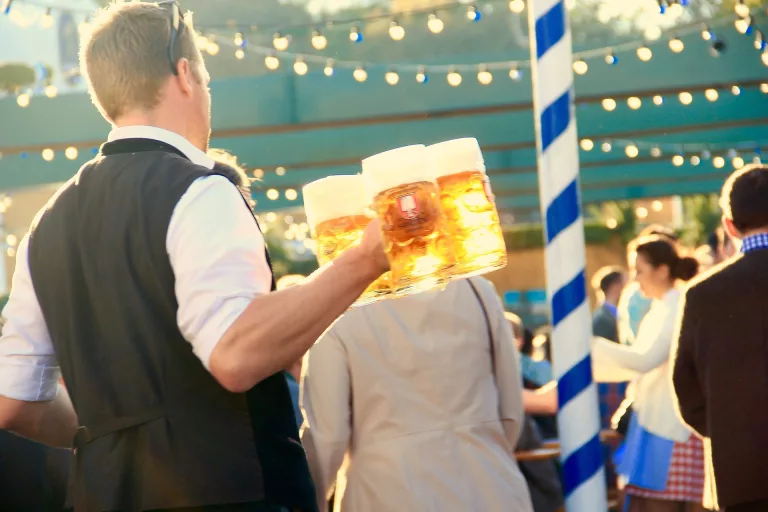
This is a protected designation that is only allowed to be used by six Munich breweries; Augustiner, Hacker-Pschorr, Hofbräu, Löwenbräu, Paulaner, and Spaten.
The beer is usually characterised as a smooth and malty lager and an alcohol content between 5.5 and 6.2%. The beer has to be produced in Munich, and it, just be brewed according to the Bavarian Purity Law, which was first introduced in 1487.
Rauchbier – Bamberg
Translated as “smoked beer”, a style associated with the region of Franconia and the city of Bamberg. Made from smoked malt, the style is synonymous with two Bamberg breweries: Schlenkerla and Spezial.
Kölsch – Cologne
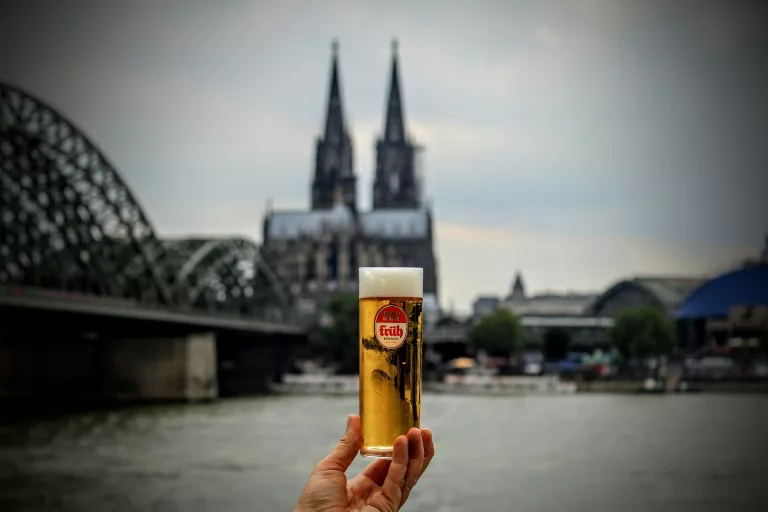
This is a speciality beer brewed in Cologne, and it is usually the lightest style of beer in Germany, It is typically served in a tall 200ml cylindrical glass, and should always be served cold.
Cologne’s traditional Kneipen (pubs) are a great way to experience this beer in a local atmosphere.
Dortmunder Pils – Dortmund
A light beer modelled on pilsners, it was created as a thirst-quenching brew for the region’s industrial workers. A pale and clear lager, coming across as smooth, crisp and malty. Are meant to be easy to drinking and refreshing.
Belgium
Trappist
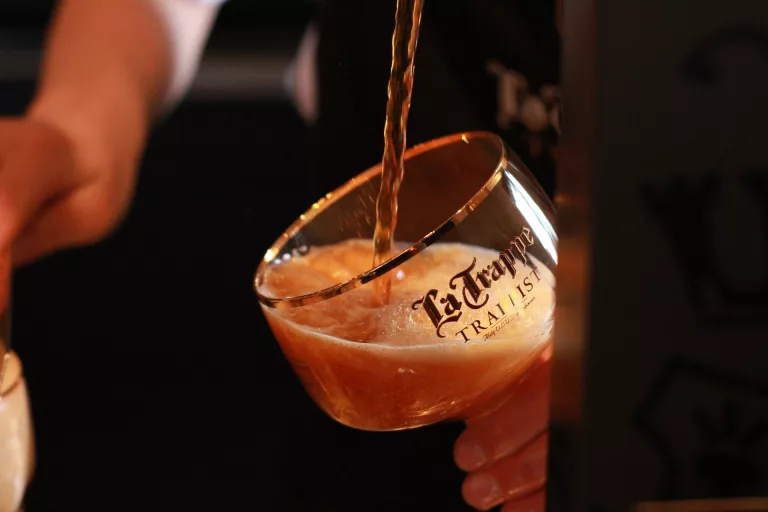
A particular category of beer, that indicates an origin – styles that are brewed in Trappist monasteries. All these beers must be produced in the monastery’s immediate surroundings and the entire production needs to be certified by monks,
Although they vary in style, they usually have high alcohol content, are unpasteurized and are bottle conditioned. This means that the yeast is allowed to carbonate the beer after the fermentation process is complete. All profits made from Trappist beers must be used for the monastic community or as a charitable donation.
Chimay Red – Chimmay
The first Trappist beer produced by monks at Scourmount Abbey, a Trappist monastery in Chimay. An amber-coloured dubbel (a specific Trappist style) made from water that is exclusively drawn from two wells located inside the monastery.
Saison – Wallonia
A name which translates to “Season”, this beer originates from Belgium’s French speaking region of Wallonia that is brewed in winter and left to ferment until the summer.
Another Belgian beer that undergoes a second bottle fermentation, tends to be higher in alcohol and modern versions tend to include pieces. Tends to be a fruity beer
France and England
Bière de Garde – Nord-Pas-de-Calais, France
A strong pale ale which originated in the French Flanders region as a traditional farmers’ ale. Stemming from the practice of brewing beer in the colder months and keeping it until spring and summer.
A style that was relatively obscure at the cusp of the 20th century, it saw a surge in popularity from the 1950s. These beers range from gold to dark brown which sub-classifications of blonde, amber (ambrèe) and brown (brune)
English Porter, England
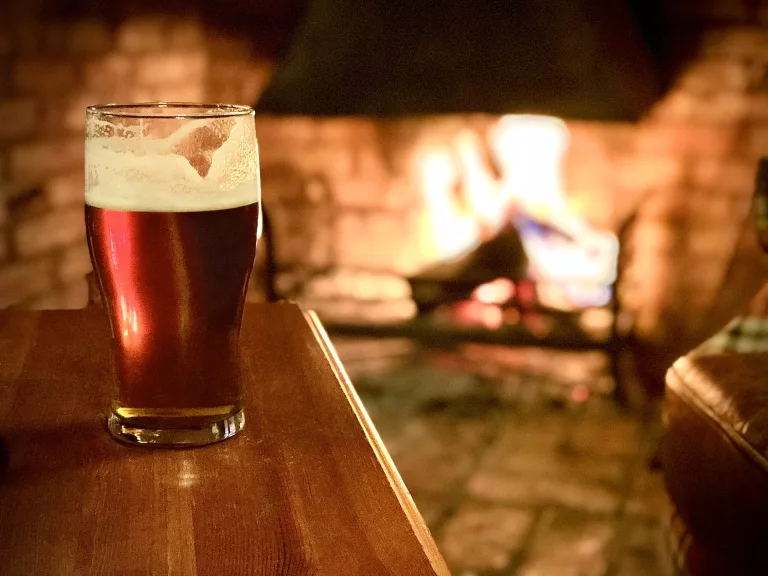
A beer style created in London in the 1700s, it is a versatile dark ale made from dark malted marly and large amounts of hops. Usually classified into three styles; brown, robust and Baltic.
USA
Cream Ale – USA
A style of beer that emerged before the US alcohol prohibition. It is a light and easy-drinking beer fermented at lower temperatures with an ale or lager yeast (or both) and invented to rival golden lagers made by German immigrants.
Brewers will often add corn, rice or wheat It has nothing to do with cream and it remains unclear as to why it was given its name. Most cream ales are pale and clear in colour, with a low bitterness.
Blonde Ale – USA
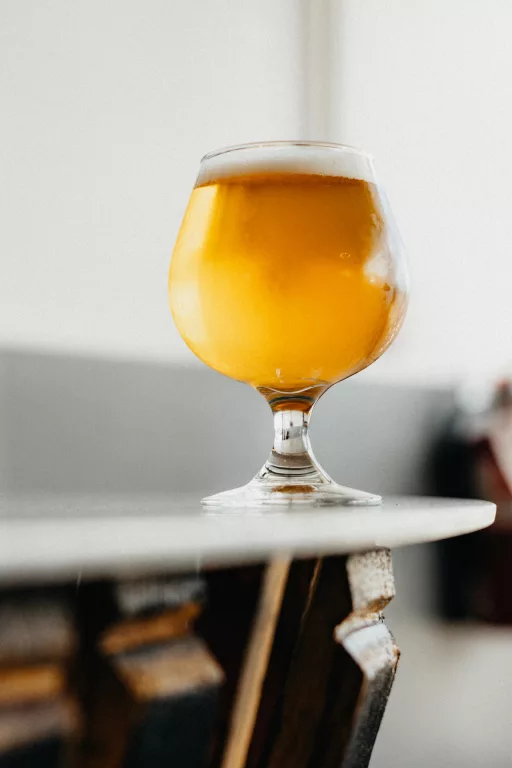
A broad category of beer that falls between cream ales and the german Kölsch. This likely originated as a light version of the pale ale. Its origin is associated with America but it is also produced in other countries, like craft breweries in South Africa and Belgium and France.
Pictures: Unsplash and Pixabay
Follow us on social media for more travel news, inspiration, and guides. You can also tag us to be featured.
TikTok | Instagram | Facebook | Twitter
ALSO READ: Venice advised to be added to UNESCO’s heritage danger list









